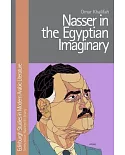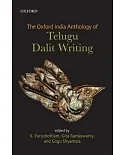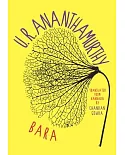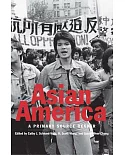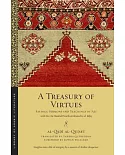This volume marks the beginning of a series of Sanskrit Texts From the Tibetan Autonomous Region (STTAR) jointly published by the publishing houses of the China Tibetology Research Center,
Beijing, and the Austrian Academy of Sciences, Vienna, on the basis of a General Agreement on Cooperative Studies of Copies of Sanskrit Texts and their Joint Publication" signed January 9,
2004. It is also the first result of a cooperation between the Chinese Tibetology Research Center and the Institute for Cultural and Intellectual History of Asia of the Austrian Academy of
Sciences with the aim of making these unique jewels of philosophical and religious texts from the Buddhist past which are preserved in their original Sanskrit language in the TAR available in
scholarly editions for the first time. This volume consists of two parts. The critically edited Sanskrit text of Jinendrabuddhi’s Pramanasamuccayatika, chapter 1 (on perception) is accompanied
by a diplomatic edition of the text. The editions are based on photocopies of a palm-leaf manuscript kept in Lhasa which, to our present knowledge, is the only one extent. Jinendrabuddhi’s
commentary of the second half of the eighth century CE is, moreover, the only commentary known to have been written on that work which marks the very beginning of the Buddhist tradition of
epistemology and logic in the first half of the sixth century: Dignaga’s Pramanasamuccayatika. The linguistic and interpretational value of Jinendrabuddhi’s text is particularly great in view
of the fact that Dignaga’s seminal work has not yet been discovered in the original Sanskrit, and that his various polemical treatises on other epistemological authors and schools of his time
are unlikely to have been transmitted very long. Moreover, Jinendrabuddhi provides us with numerous quotations from works before Dignaga which belong to all the traditions of brahmanical
classical Indian philosophy, but have been irretrievably lost. The great import of Jinendrabuddhi’s work has long been well-known through its Tibetan translation. Thus, the publication of its
Sanskrit original will have far-reaching consequences for the knowledge and interpretation of the Indian philosophical traditions in their classical Gupta period expressions.







